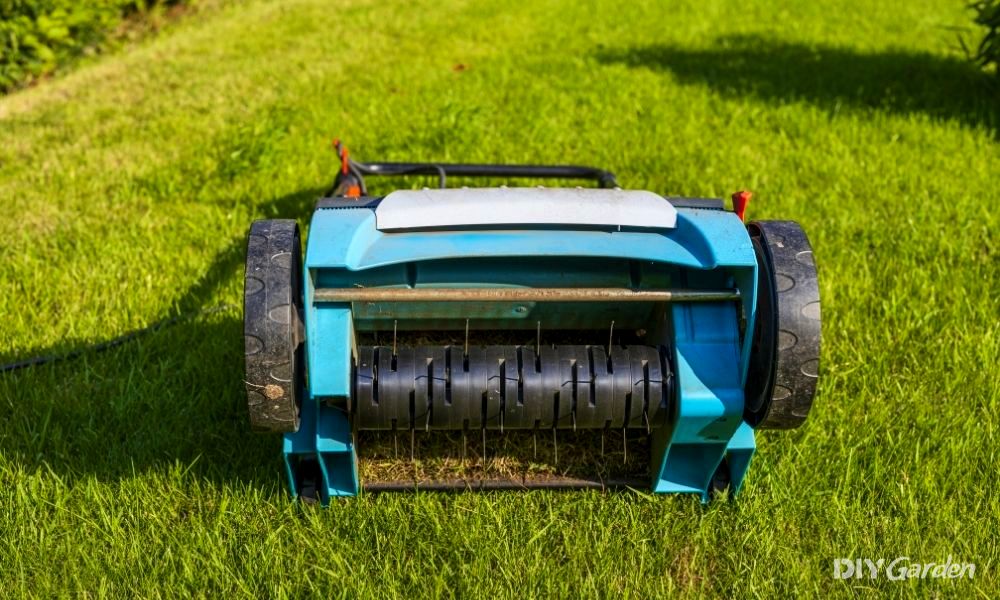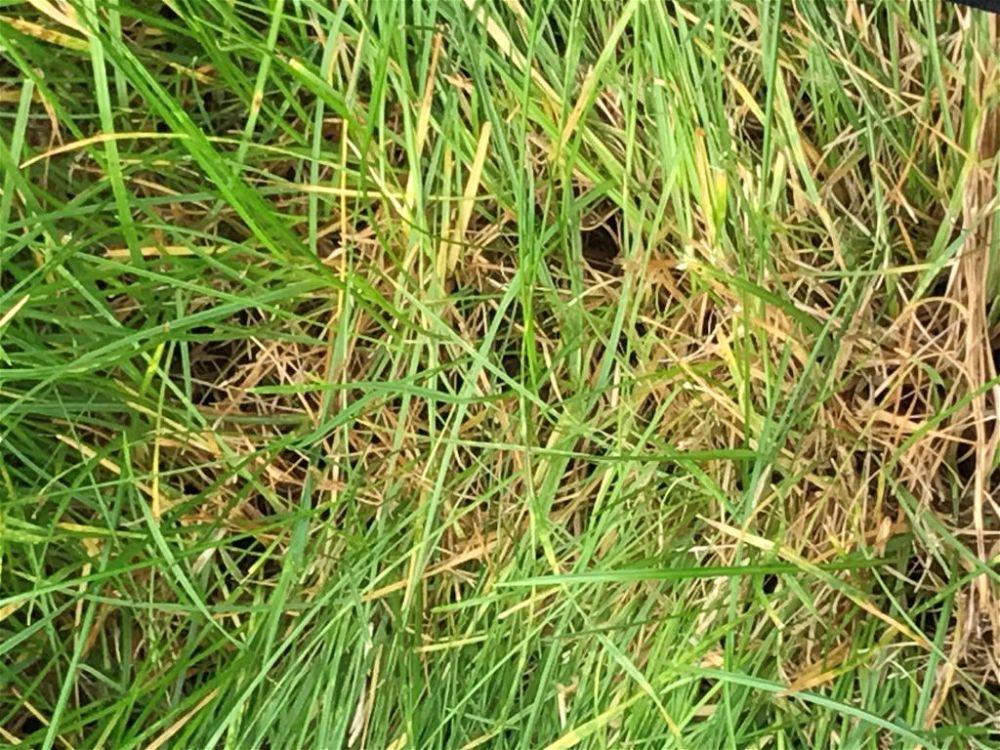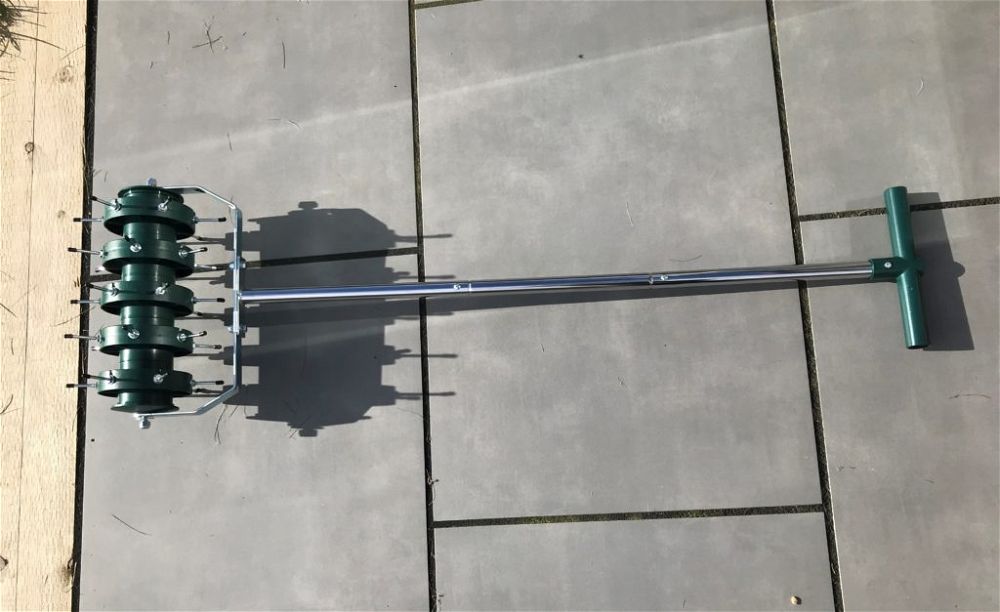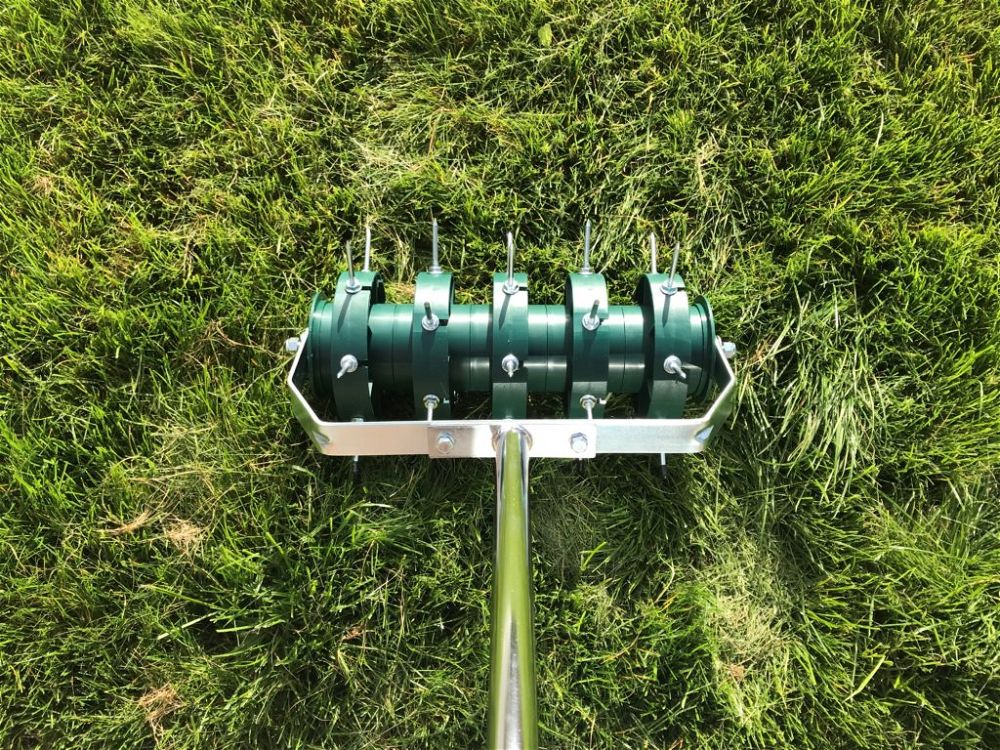
Despite popular belief, there’s more to lawn care than just giving it a trim every now and then. While our grass can be one of the most resilient plants in our garden, it can face significant challenges if left unchecked.
One of the best ways to help your lawn thrive is to aerate it. With regular aeration, your grass can live a healthy, happy life free from disease, dehydration and compaction.
If you’re wondering what aeration is, when to do it on your lawn and how, here’s everything you need to know to get started.
What is Aeration?
Aeration may sound complicated, but it’s really quite simple. It essentially just involves poking small, deep holes in the soil of your lawn to let the air flow through and the water reach the roots.
If you aerate your grass at least once a year, it can be hugely beneficial for growth and greenery. If you have a new lawn that’s less than 1-2 years old, aeration is especially important.
Why Should You Aerate Your Lawn?
It may be a small step to take, but aeration can have huge benefits for your lawn. It can help:
1. Improve Drainage
Grass that collects pools of water whenever it rains prevents both air and water from getting to the roots. This can create a bog in your back garden and make your grass highly prone to fungal diseases and insect infestations.
Since aeration involves poking holes in your soil, it’s unsurprising that it can improve drainage. And good drainage is essential for the overall health of your lawn.
2. Breakdown Thatch
Thatch is a layer of dead organic matter that collects on the bottom of your lawn and blocks the nutrients from reaching your grassroots. While it’s rumoured to be caused by leaving your grass clippings after cutting, this isn’t true. It can build up naturally – even if you pick up your grass clippings.
The best way to establish if you have a build-up of thatch is to see if your grass has a spongey feel to it when you walk across it. Or you can separate your grass to see if there is yellow, dead matter built up on the roots.
3. Prevent Diseases and Infestations
The better the drainage on your lawn, the less likely you are to invite diseases or insect infestations.
By aerating your lawn regularly, you’ll be promoting the flow of oxygen. When more air gets to the roots, it’s less likely to rot and can keep those pesky fungal infections at bay.
4. Boost Growth and Greenery
The most important thing aeration does for your lawn is that it boosts growth and overall greenery. Aeration leads to all sorts of benefits, including better drainage, more oxygen flow and a reduction in thatch build-up.
All of these things can help you create a healthy, happy lawn. Needless to say, a healthy lawn is a greener one!
READ NEXT: See Our Monthly Lawn Care Calendar
When is the Best Time to Aerate Your Lawn?
Aerating your lawn at the right time is the key to success. There are a few conditions that create the perfect environment for aeration. The best time to aerate your lawn is during early spring or late autumn when the soil is moist and the weather is warm.
Avoid aerating your lawn if:
- It’s too dry – This can cause the holes to crack and split open, leaving your lawn prone to weeds getting in.
- It’s too cold – Cold or frozen soil can be difficult to aerate. Plus, frosty weather can cause the holes to widen.
- It’s too wet – You want the ground to be relatively moist when you aerate. But if the soil is too wet, the holes will close almost immediately. You’ll know if the soil is too wet if it sticks to your lawn aerator and your shoes are getting muddy.
How Often Do You Need to Aerate Your Lawn?
For most lawns, annual aeration is more than enough. However, if your lawn is subject to a lot of traffic (think kids playing and dogs running around) and gets compacted easily, aeration twice a year in both spring and autumn may be the most beneficial.
A good rule of thumb is to keep an eye on any issues appearing on your lawn. If huge puddles emerge whenever it rains or you’ve got a heavy thatch build-up, it’s time to aerate.
What Tools Do You Need to Aerate Your Lawn – and What Do They Do?
To aerate your lawn, you’ll need some sort of lawn aerating tool. These tools have very small, thin spikes and are specially designed for aerating grass in the right way.
Some people opt to use a garden pitchfork or a stick to aerate their lawns. However, since these tend to poke very large holes that aren’t very deep, they’re not as effective as proper aeration tools. Plus, the holes can actually damage your grass.
In most garden stores, you should be able to find:
- A hollow tine aerator – These are perfect for heavy clay soils or lawns with moss issues.
- Aerating shoes – These are great for small lawns, but can be time-consuming if used on a larger space.
- An aerating roller – This is one of the easiest and quickest aerating devices that you simply roll across the lawn.
Whichever aerating tool you decide to use, make sure you use them safely and store them out of reach of children.
How to Aerate Your Lawn
Here’s how to aerate your lawn in the best way:
- Mow your grass relatively short
- If there’s a thatch build-up, lightly scarify it
- Check the soil is moist, but not too wet
- Use your lawn aerating tool to poke small, deep holes
Conclusion
With regular aeration, you’ll be keeping your lawn healthy and happy all year round. As long as you stay safe and consistent with your lawn care, you’ll have the greenest grass on the block in no time.
Plus, if you’re like me, you might even find the process of poking holes in your grass highly therapeutic – especially if you’re using aerating shoes!



